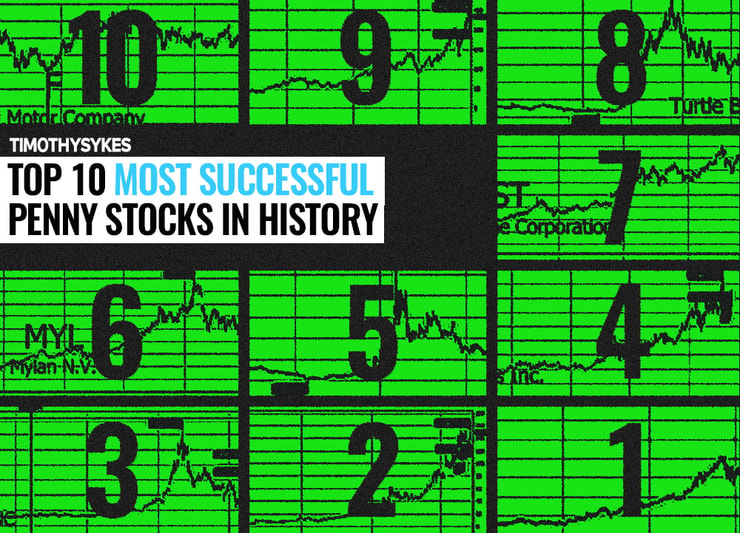Let me run you through a scenario that I see every week …
There’s a quick change that you can make right now to increase your trading account over and over again.
Picture this:
It’s Friday afternoon. You’re mentally clocking out after a long week. Work’s done, you’re tired, maybe scrolling your phone, wondering what to eat …
And you’re ignoring some of the best trade setups in the market.
Like clockwork, one of the market’s most popular patterns is starting to set up.
And while most people check out on Friday, the side hustlers lock in.
It’s the same pattern I’ve traded for years …
The same pattern my top students stalk week after week …
One trade. At the same time. Every Friday.
Trading doesn’t have to take all week long. Instead, my students wait for a very specific play during a very specific time frame.
I’ve been teaching this setup for years.
It helped guys like Jack Kellogg grow their small accounts into seven figures.
Jack didn’t come from Wall Street. Instead, he showed up every day, studied my patterns, and made a move when it was time to strike.
This pattern is perfect if you’ve got a full-time job, limited time, or you just want one clean shot a week to grow your account.
Let’s make this Friday count!
Friday Afternoon Stocks

2025 Millionaire Media, LLCI’m looking for the same stocks today that I look for every day.
More Breaking News
- Will Rigetti’s Surprising Performance Last?
- SES AI Corporation’s Meteoric Rise: What’s Fueling It?
- RXRX Stock’s Surprising Journey: A Closer Look
- Scorpio Tankers’ Bold Moves: Impact on STNG Stock
- Big percent gainers.
- A low float.
- A catalyst for the spike.
But on Friday afternoon, the price action has to match a specific pattern.
See, every Friday, there’s a group of traders who close their laptops early and get a head start on the weekend.
It also means they miss the biggest Friday afternoon runners …
Then, over the weekend, they buy shares of these stocks as they scan the market for plays. Their orders get filled on Monday morning, and it leads to a Monday gap up.
My strategy is to buy shares on Friday afternoon, and sell into the Monday spike.
But you might have guessed … This isn’t a fool proof plan.
Our entry matters so that we can protect against losses if the trade fails.
Before I buy shares, I’m looking for the markets strongest stocks to consolidate into the close on Friday, above a key support level.
If the stock drops below that support, I sell for a small loss and I try again on the next trade.
Always remember that losses are part of the process, but we have to keep them contained.
Watch my video below for the entry price action that we’re looking for this afternoon:
Cheers
*Past performance does not indicate future results










Leave a reply